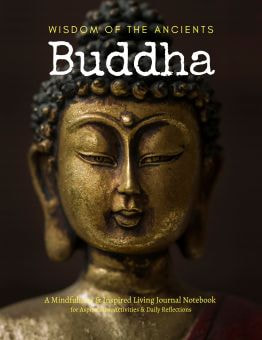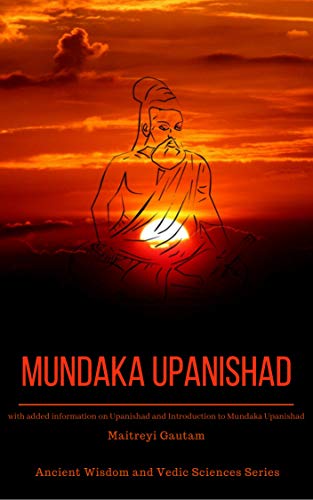Introduction
The Dead Sea Scrolls
The significance of the Dead Sea Scrolls lies in their vast range and content.
They include:
- Biblical Manuscripts: Among the most significant findings are texts from the Hebrew Bible (Old Testament). Every book from the Hebrew scriptures is represented except the Book of Esther. These texts are of immense value for biblical studies as they are centuries older than any previously known Hebrew biblical manuscripts.
- Apocryphal and Pseudepigraphical Texts: The scrolls include various texts that were not canonized in the Hebrew Bible. These writings shed light on the diversity of religious thought and practice in the Jewish world during the Second Temple period.
- Sectarian Manuscripts: Many of the texts appear to reflect the beliefs and practices of a specific Jewish sect, often identified as the Essenes. These documents include community rules, liturgical texts, and commentaries on biblical texts, providing insights into the life and beliefs of this group.
The discovery of the Dead Sea Scrolls has had profound implications for the understanding of Judaism and the origins of Christianity. They offer a glimpse into the religious milieu of the time Jesus lived, illustrating the complexity and diversity of Jewish thought and practice during that era.
The texts also have significantly contributed to the study of the Hebrew language and the textual history of the Hebrew Bible. They have allowed scholars to compare the scrolls with later manuscripts, shedding light on how the texts have been transmitted across centuries.


















